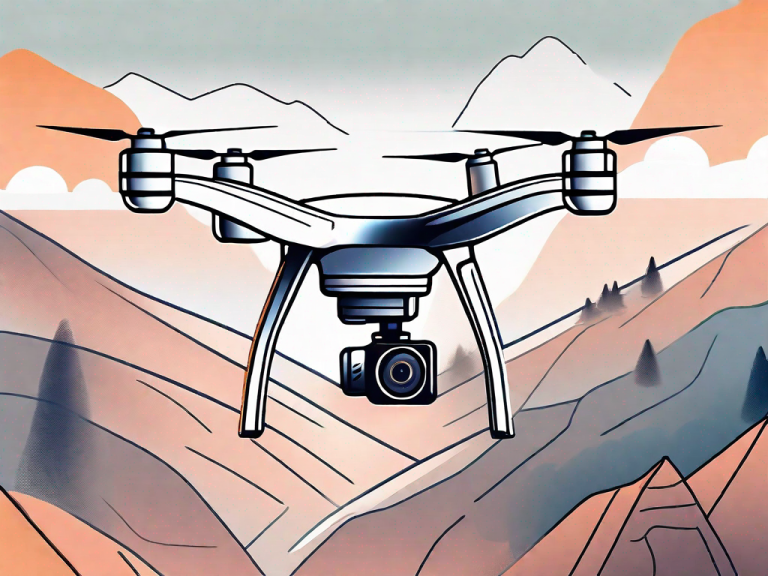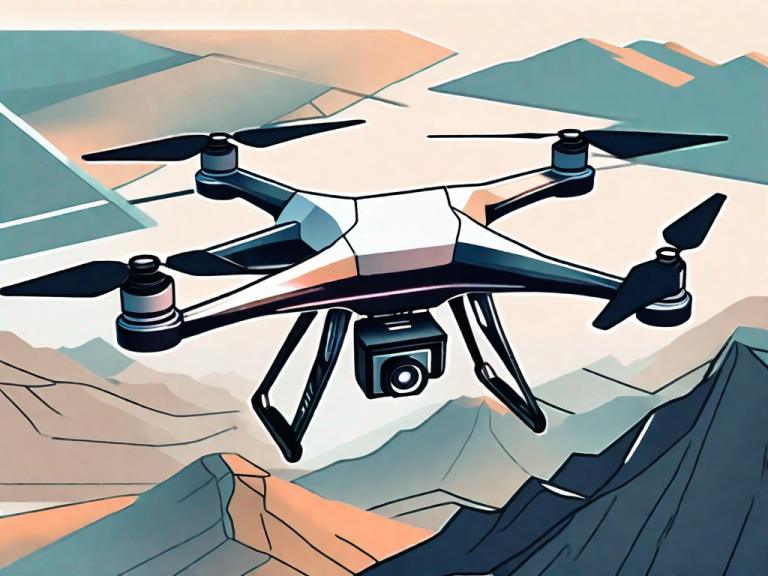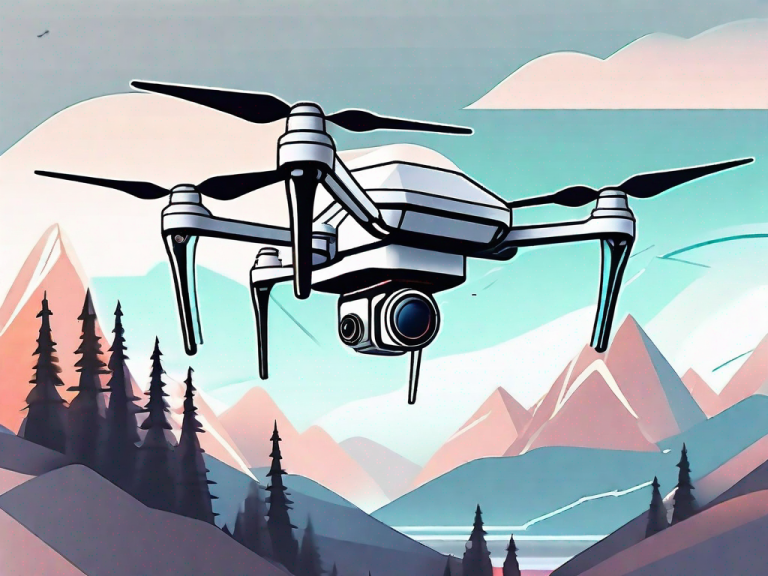Capturing memorable moments at concerts can be a challenging yet rewarding experience for photographers. The right camera can make all the difference in producing high-quality concert photos that truly capture the essence and energy of the performances. In this article, we will explore the best cameras for concert photography, considering various factors such as low-light performance, autofocus systems, lens options, and image stabilization. Whether you are an amateur enthusiast or a professional, this comprehensive guide will help you make an informed decision when choosing the perfect camera for your concert photography needs.
Factors to Consider When Choosing a Camera for Concert Photography
When selecting a camera for concert photography, there are several key factors to keep in mind. First and foremost, low-light performance is crucial as concerts often take place in dimly lit environments. ISO sensitivity, sensor size, and noise reduction capabilities are essential features to consider. Additionally, fast and accurate autofocus systems are vital for capturing moving subjects on stage. Consider the camera’s burst mode and the number of focus points it offers.
Another important consideration is the lens options available for the camera. Lenses with wide apertures, such as f/2.8 or wider, allow for better light gathering and create a shallow depth of field, resulting in beautifully blurred backgrounds. The camera’s compatibility with different lens mounts and the availability of a diverse range of lenses is also worth considering, as it provides flexibility and expands your creative possibilities.
Furthermore, the camera’s ergonomics, size, and weight are essential factors to take into account, especially for concert photographers who may spend hours on their feet while capturing performances. A lightweight and comfortable camera can significantly enhance your shooting experience and allow for more flexibility in maneuvering through crowded concert spaces.
Another factor to consider when choosing a camera for concert photography is the camera’s image stabilization capabilities. Concerts can be fast-paced and capturing sharp images can be challenging, especially when shooting handheld. Look for cameras with built-in image stabilization or consider investing in lenses with image stabilization to minimize camera shake and ensure sharper images.
Additionally, the camera’s ability to shoot in RAW format is worth considering. RAW files contain more data and allow for greater flexibility in post-processing, especially when it comes to adjusting exposure, white balance, and recovering details in shadows and highlights. This can be particularly useful in concert photography where lighting conditions can vary greatly.
Understanding the Importance of Low-Light Performance in Concert Photography
Concerts are notorious for their challenging lighting conditions, often characterized by low light and rapidly changing lighting setups. To overcome these obstacles and capture stunning concert photographs, a camera with exceptional low-light performance is essential.
The ISO sensitivity of a camera determines its ability to capture images in low-light situations. Higher ISO settings allow for increased sensitivity to light but can introduce noise or grain into the images. Look for a camera that handles high ISO settings well and produces clean images even at higher ISO values.
Sensor size is another crucial factor that affects low-light performance. Full-frame cameras generally offer better low-light capabilities compared to APS-C or micro four-thirds sensors. This is because larger sensors capture more light, resulting in improved image quality and reduced noise.
The noise reduction capabilities of a camera should also be considered. Some cameras excel in minimizing noise, even at high ISO settings, allowing for cleaner and more detailed images. Look for cameras with advanced noise reduction algorithms to ensure optimal image quality in low-light environments.
Another important aspect to consider when it comes to low-light performance in concert photography is the lens aperture. A wider aperture, represented by a lower f-number, allows more light to enter the camera, resulting in brighter images and better performance in low-light conditions. Look for lenses with a wide maximum aperture, such as f/1.8 or f/2.8, to maximize your camera’s low-light capabilities.
In addition to technical considerations, it’s also crucial to understand the importance of composition and timing in concert photography. Low-light situations often require longer exposure times, which can lead to motion blur if the subject or camera is not steady. It’s important to practice techniques such as using a tripod or monopod, and capturing moments when the artist is relatively still or in a dynamic pose to ensure sharp and impactful images.
Top DSLR Cameras for Capturing Dynamic Concert Shots
DSLR cameras have long been favored by professional concert photographers for their versatility, reliability, and exceptional image quality. They offer a wide range of lens options and advanced features that make them suitable for capturing dynamic concert shots.
One of the top choices for concert photography is the Nikon D850. With its high-resolution full-frame sensor, fast autofocus system, and impressive low-light performance, it can capture stunning, detailed images even in challenging lighting conditions.
Another notable option is the Canon EOS 5D Mark IV. This camera boasts a 30.4-megapixel full-frame sensor, excellent autofocus capabilities, and a wide range of compatible lenses, making it a popular choice among concert photographers.
For those looking for a more budget-friendly DSLR option without compromising on performance, the Nikon D7500 is worth considering. It offers a 20.9-megapixel APS-C sensor, high ISO sensitivity, and a fast and accurate autofocus system, making it well-suited for concert photography.
Mirrorless Cameras: A Lightweight Option for Concert Photographers
While DSLR cameras are renowned for their performance, mirrorless cameras have gained significant popularity in recent years, particularly among travel and documentary photographers. Their compact size, portability, and advanced technology make them an attractive choice for concert photography as well.
The Sony Alpha a7 III is a mirrorless camera that has garnered praise for its exceptional low-light performance, thanks to its full-frame sensor and impressive dynamic range. It also offers a wide range of lens options, making it a versatile choice for concert photography.
Similarly, the Fujifilm X-T4 is a mirrorless camera renowned for its image quality and advanced autofocus system. With its APS-C sensor and various lens options, it provides concert photographers with a lightweight and versatile setup without compromising on performance.
Another noteworthy option is the Panasonic Lumix GH5. This mirrorless camera offers excellent video capabilities, making it a suitable choice for concert photographers who want to capture both stunning stills and high-quality videos of live performances.
Exploring the Benefits of Full-Frame Cameras in Concert Photography
Full-frame cameras are known for their superior image quality, extensive dynamic range, and excellent low-light performance. While they may be bulkier and more expensive than crop sensor cameras, full-frame cameras offer unparalleled image quality and versatility for concert photographers.
The Canon EOS R5 is a full-frame mirrorless camera that has received rave reviews for its image quality and impressive features. With its high-resolution sensor, advanced autofocus system, and exceptional low-light performance, it is an ideal choice for professional concert photographers.
Nikon’s flagship full-frame DSLR, the D6, is another top contender for concert photography. It offers a rugged build quality, fast burst rate, and outstanding low-light capabilities, ensuring that you never miss a crucial moment during a live performance.
For those seeking a more compact option, the Sony Alpha a7R IV is a full-frame mirrorless camera that delivers uncompromising image quality and exceptional low-light performance. With its high-resolution sensor and advanced features, it is a powerful tool for concert photographers.
Compact Cameras: The Perfect Choice for Discreet Concert Photography
If you prefer a more discreet and lightweight camera setup without compromising on image quality, compact cameras can be an excellent choice for concert photography. These cameras offer portability and versatility, allowing photographers to capture memorable moments without drawing attention to themselves.
The Sony RX100 VII is a compact camera that packs a punch. It features a 1-inch sensor, impressive low-light performance, and advanced autofocus capabilities, making it a perfect companion for capturing stunning concert shots discreetly.
The Canon PowerShot G7 X Mark III is another compact camera that excels in low-light environments. With its fast lens, 20.1-megapixel sensor, and versatile manual controls, it offers concert photographers the flexibility to capture stunning images in a discreet and portable package.
For those looking for even more advanced features, the Panasonic Lumix LX100 II is a compact camera that offers a larger sensor and a wide range of manual controls. Its fast lens and excellent low-light capabilities make it a valuable tool for concert photography.
High ISO Capability: Why It Matters in Concert Photography
One of the most critical factors to consider when choosing a camera for concert photography is its high ISO capability. As concerts often take place in dimly lit environments, a camera that can handle high ISO settings without compromising image quality is essential.
High ISO capability refers to a camera’s ability to capture images at high sensitivity to light. This allows photographers to shoot in low-light conditions without the need for additional lighting or excessively slow shutter speeds.
The ability to shoot at high ISO settings while maintaining minimal noise is crucial for concert photographers. Cameras with advanced noise reduction algorithms can significantly improve image quality, ensuring that your concert photos are sharp, detailed, and free from distracting noise.
When considering different cameras, pay attention to their maximum native ISO range and how well they handle noise at higher ISO settings. Look for cameras that produce clean images with minimal noise, even at higher ISO values, to ensure outstanding results in low-light concert environments.
Fast Autofocus Systems: Essential for Capturing Moving Subjects at Concerts
Capturing dynamic moments on stage requires a camera with a fast and accurate autofocus system. A camera that can quickly acquire focus and track moving subjects is crucial for concert photography, where performers are constantly in motion.
Cameras with a high number of autofocus points and advanced tracking capabilities allow photographers to focus on their subjects and capture decisive moments with precision. The more autofocus points a camera has, the better it can track moving subjects and maintain focus even in challenging conditions.
Furthermore, cameras with advanced autofocus systems that utilize phase-detection autofocus (PDAF) or hybrid autofocus (combining phase-detection and contrast-detection) offer faster and more accurate focusing capabilities, ensuring that you never miss a critical moment during a live performance.
Consider the autofocus capabilities and the number of autofocus points a camera offers when choosing a camera for concert photography. Look for cameras that offer advanced tracking features, fast autofocus acquisition, and accurate subject detection to ensure that your images are sharp and well-focused.
Evaluating the Best Lens Options for Concert Photography
In addition to choosing the right camera, selecting the appropriate lenses is crucial for capturing exceptional concert photos. Lenses play a significant role in determining the image quality, perspective, and creative possibilities available to concert photographers.
When it comes to concert photography, there are several types of lenses that are particularly useful and versatile. These include prime lenses, zoom lenses, wide-angle lenses, and telephoto lenses – each offering unique advantages depending on the desired photography style and artistic vision.
Prime Lenses vs Zoom Lenses: Which is Better for Concert Photography?
Prime lenses and zoom lenses each have their advantages and are well-suited for different situations in concert photography. Understanding their differences can help you make an informed decision based on your specific needs and preferences.
Prime lenses have a fixed focal length, meaning they cannot zoom in or out. However, they typically offer wider maximum apertures, allowing for better low-light performance and creating a more shallow depth of field. This can be particularly advantageous for concert photography as it enables you to isolate your subject from the background and capture stunning portraits with blurred backgrounds.
Zoom lenses, on the other hand, offer versatility by allowing you to zoom in and out, providing flexibility in framing your shots during a concert. They are particularly useful when shooting larger venues or when you want to capture both wide-angle and close-up shots without changing lenses.
Ultimately, the choice between prime lenses and zoom lenses for concert photography depends on your preferred shooting style and the specific requirements of the concert you are photographing. Many concert photographers find it beneficial to have a combination of both types of lenses in their camera bag to suit different shooting conditions and creative perspectives.
Wide-Angle Lenses: Expanding Your Creativity in Concert Photography
Wide-angle lenses are valuable tools for concert photographers as they allow for unique perspectives and expansive compositions. They are particularly useful when shooting large venues, capturing wide-angle shots of the stage, or including the crowd in your compositions.
Wide-angle lenses typically have focal lengths below 35mm on full-frame cameras, offering a wider field of view and allowing you to fit more into the frame. They lend a sense of depth and dynamism to your images, giving viewers a comprehensive view of the concert environment.
When using wide-angle lenses for concert photography, it’s essential to be mindful of distortion, as these lenses can produce barrel distortion or other optical aberrations when not used carefully. However, when used creatively and strategically, wide-angle lenses can add a captivating element to your concert photos and convey a sense of grandeur and immersion.
Telephoto Lenses: Getting Close to the Action at Concerts
Telephoto lenses are ideal for concert photographers who want to capture close-up shots or bring distant subjects closer. These lenses have longer focal lengths, allowing you to zoom in and isolate specific performers or capture intimate moments on stage.
Telephoto lenses are particularly useful when shooting in larger venues where you may not have easy physical access to the stage. With telephoto lenses, you can capture facial expressions, gestures, and interactions from a distance while still achieving sharp and detailed images.
When choosing telephoto lenses for concert photography, consider their maximum aperture, image stabilization capabilities, and weight. A lens with a wider maximum aperture can allow for better low-light performance, while image stabilization can help to minimize camera shake when shooting handheld.
It’s worth noting that telephoto lenses tend to be larger and heavier than their wide-angle counterparts. Thus, photographers must consider the portability and comfort of their camera setup, especially if they anticipate shooting for extended periods or moving around the concert venue.
The Importance of Image Stabilization in Capturing Sharp Photos at Concerts
In low-light concert settings, capturing sharp and blur-free images can be challenging, particularly when shooting handheld. Image stabilization technology helps to mitigate camera shake and enables photographers to achieve sharper images, even in challenging shooting conditions.
Cameras and lenses can feature different types of image stabilization, such as in-body image stabilization (IBIS) or lens-based image stabilization. IBIS compensates for camera movement by stabilizing the camera’s sensor, while lens-based stabilization stabilizes the lens elements themselves.
Image stabilization is particularly beneficial when shooting handheld or using telephoto lenses, where camera shake is more likely to occur. It allows for longer handheld exposures without compromising image quality and ensures that your concert photos remain sharp and well-detailed.
When selecting a camera or lens for concert photography, look for models that offer effective image stabilization technology. This feature can significantly enhance your ability to capture sharp images in low-light concert environments, even when shooting without a tripod.
Exploring Different Camera Brands and Models for Concert Photography
Several camera brands and models excel in concert photography, each offering unique features and advantages. The choice of camera brand and model often comes down to personal preference, budget, and specific requirements.
Nikon, Canon, and Sony are three of the most popular camera brands in the market, with a strong presence and dedicated user bases amongst professional photographers.









